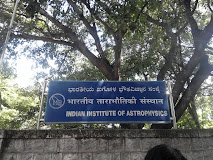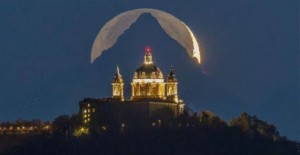Prof. J.C. Bhattacharya and Sri Kuppuswamy from the Indian Institute of Astrophysics (IIA), Bengaluru, made a historic discovery at the Vainu Bappu Observatory (VBO), Kavalur, Tamil Nadu—they detected the rings of Uranus.
Prof. J.C. Bhattacharya & Sri Kuppuswamy (India) at VBO, Kavalur.
James Elliot and his team (USA) using the Kuiper Airborne Observatory.
Year: 1976
Method Used: Stellar occultation (observing a distant star as Uranus passed in front of it).
The discovery confirmed the presence of dark, narrow rings around Uranus, previously unknown.
Their findings coincided with a similar discovery by James Elliot’s team aboard NASA’s Kuiper Airborne Observatory.
When Uranus passed in front of a distant star, the star’s light dimmed multiple times.
These dips in brightness indicated rings blocking the starlight.
The Indian astronomers observed these events at the Vainu Bappu Observatory (VBO) using ground-based telescopes.
This was one of the first independent confirmations of planetary rings beyond Saturn.
It highlighted India’s capabilities in planetary and observational astronomy.
Later, the Voyager 2 spacecraft (1986) provided direct images of Uranus’ 13 known rings.
This discovery was a milestone for Indian astronomy, proving that Indian scientists could make world-class astronomical observations using indigenous facilities!







